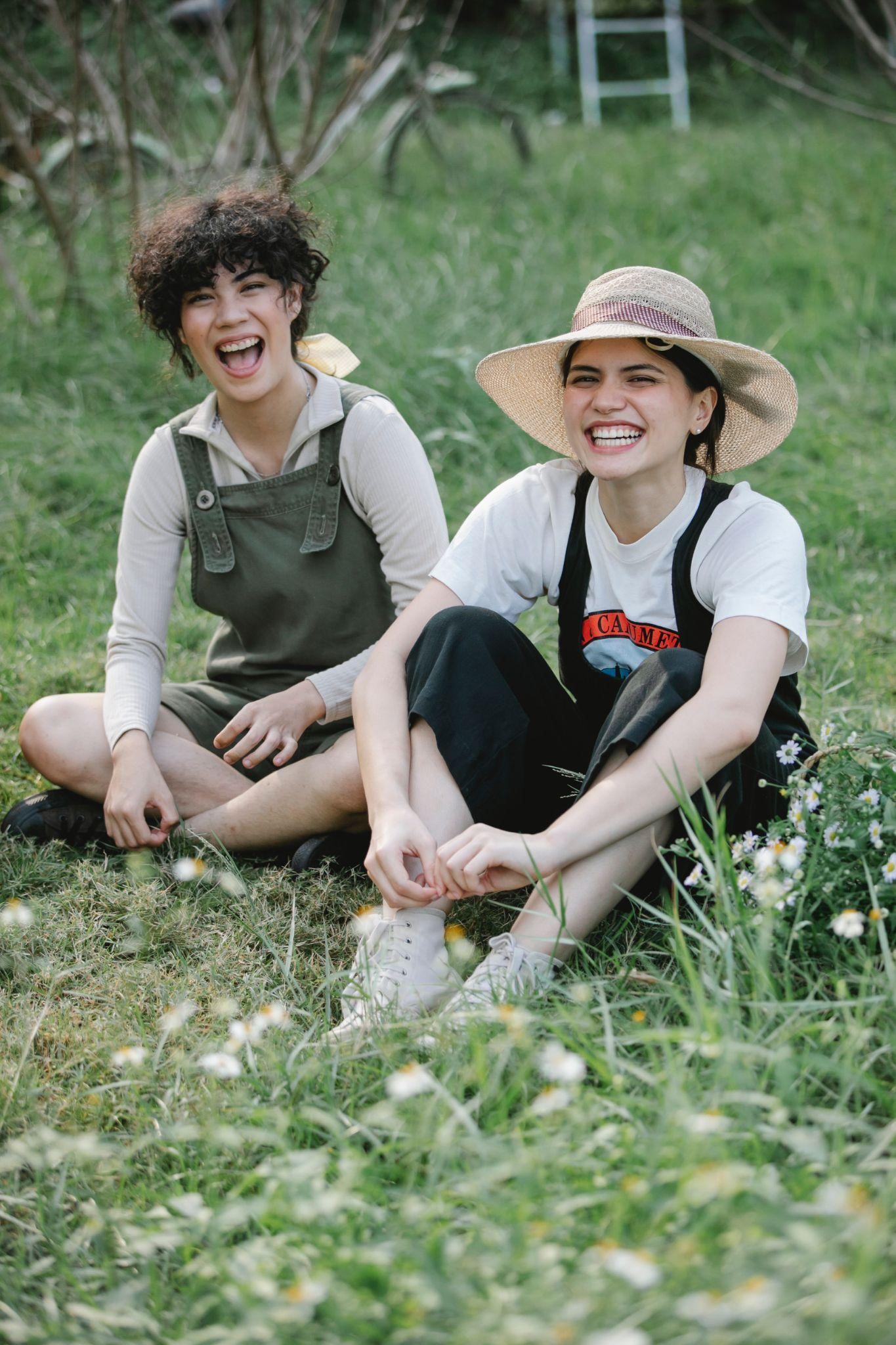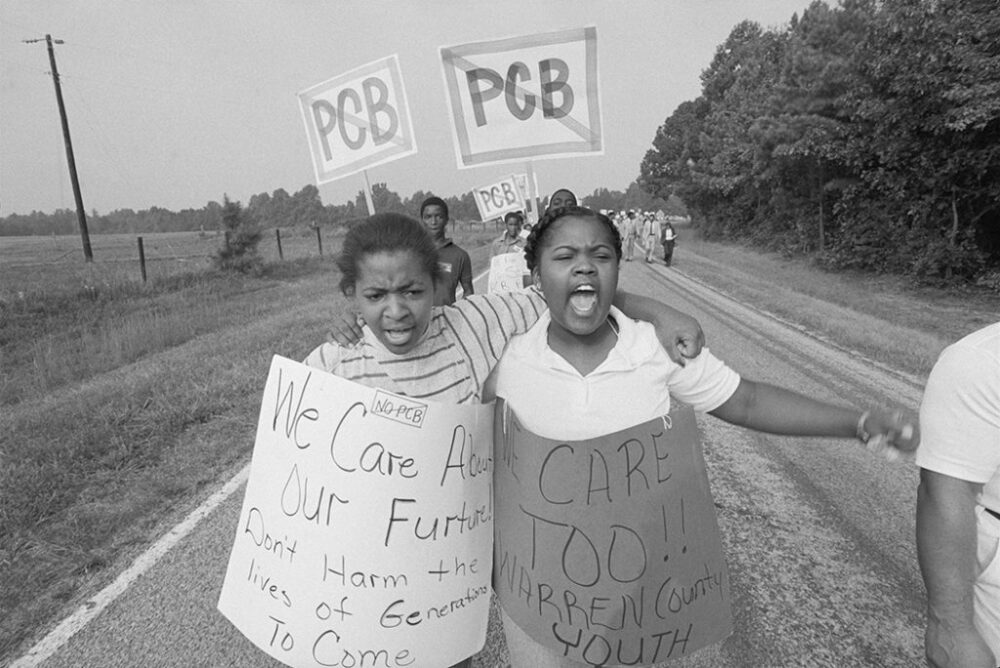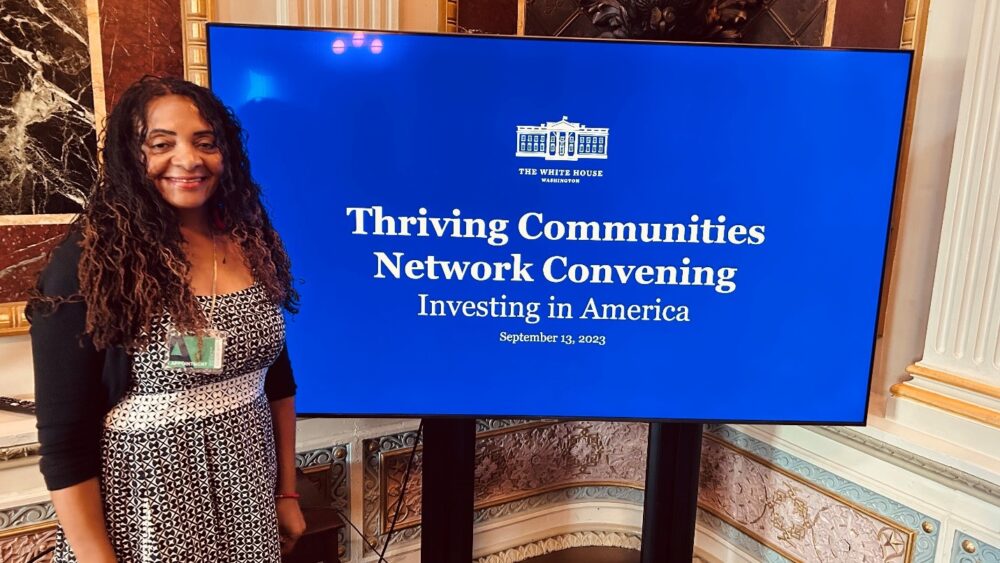We have much more to do and your continued support is needed now more than ever.
Partnering with Communities to Advance Environmental Justice: Building Authentic Relationships Through Communication and Creativity

This past summer, I joined the National Wildlife Federation as the Community Partnerships fellow, where I worked with the Community Habitat Team to understand how to engage in equitable outreach for community-based programming. We wanted to explore how to build authentic relationships with BIPOC, LGBTQ+ and women-led, and accessibility-focused organizations that serve the community. We also wanted to better understand what role NWF could play in supporting smaller grassroots organizations and what sort of outreach practices can be used to foster trust and build relationships that will ensure future programming effectively serves many different communities while fulfilling NWF’s conservation goals.
To do this research, I conducted an informal literature review and nine semi-structured interviews. I asked interviewees how they are successfully engaging with communities and other organizations to advance diversity, equity, inclusion, and accessibility (DEIA) and environmental justice (EJ) work. I also asked them how they would envision partnering with a large nonprofit organization like NWF. All of my interviewees were passionate about community-based conservation and gave really valuable insights on how to better engage in this work.

Trust and Relationship Building
Trust and relationship building should be the first priority when engaging in community focused work. This phase of partnership can take a long time (up to a year), but is often not considered on project timelines or budgets, meaning that it gets left out of project planning entirely or the money and time allotted do not allow enough time to build a strong relationship before beginning project work. When working with communities that have historically been left out of decision making and ignored by societal entities (i.e. governmental institutions), trust will take longer. Showing up consistently and meeting them where they are at is key. Having the right messenger is also helpful. Many of the interviewees stated that partnering with organizations that already have trust is helpful, as it gives you “trust-by-association”.
“Our team focuses on working with primarily anchor institutions within communities. So that’s K-12, schools, pre-K centers, early childhood centers, and houses of worship. The rationale is those hub or anchor institutions are often places where a lot of folks in the communities gather.”
Sacred Grounds, National Wildlife Federation
Non-traditional Partnerships
Another lesson from my research was the importance of partnering with organizations that fall outside of typical environmental organizations (energy, water, housing, etc.). One of the organizations that I interviewed worked on retrofitting low-income housing based on the needs of the household. Because of this, they worked with many energy equity organizations. Even though these organizations focus on social and economic well-being, more efficient lighting is also good for the environment. The organization focused on the intersection between their environmental goals and what the community needed, and having a wider array of partners allows this to happen!
“A lot of the work that we’ve done in the past collaborates with other environmental based organizations. But when we think about climate resiliency, you have to think about who’s being most affected, and who’s on the frontline doing the work. And so right now, it’s a big push for us to connect with different community groups.”
Charles Watershed Association
Internal DEIA work
Internal DEIA work for organizations is just as important as external work with messaging and programming, etc., for advancing EJ. This allows authentic conversations to happen and authentic relationships to be built.
Center the Community
Centering communities means being creative about meeting needs and increasing accessibility. Go to them instead of making them come to you. What meetings are they already having? What community events are being hosted? You can go to those! Consider what languages your materials are distributed in and how they are accessed. Looking specifically at the barriers that each community faces, not just for outreach, but within programming as well, will help organizations to better serve the community.
Feedback and communication with the community must be sustained long-term. Allow channels for continual feedback and be transparent with consistent updates. This builds trust and acknowledges the community as active members of project work. When evaluating programs, make sure that community feedback is incorporated into the evaluation as an ongoing process.
Treat community members as experts. Community members have a lot of valuable knowledge about their area that would greatly support the success of a project. This means allowing community members to own their data, sharing results with them (and ideally allowing them to be active members in the collection process), and compensating them for their time, effort, and knowledge (this is not necessarily monetary).
Each community is unique. They will have different goals and modes of communication. Because of this, each community relationship will be different!
Supporting Grassroots Organizations
A large non-profit like NWF can support smaller organizations by providing them with information and resources like grant opportunity information and assistance with grant writing, especially while they are working to become a 501c3. One of the major challenges spoken to in the research was around the difficulty that smaller organizations have in successfully receiving funding, especially those who do not have a background in conservation, experience with finding funding in general, or grant writing. A small organization that is not yet certified as a non-profit might have a fantastic project, but does not have the skills or expertise to write a winning grant proposal. Increasing access to funding is integral to centering EJ work and larger non-profits can use their experience and resources to help close that gap.
In addition to resources and expertise, NWF could also provide a platform for smaller organizations involved in EJ work to reach a larger audience.

Capacity Building
Providing capacity-building and networking opportunities are integral to making the field of conservation more equitable. One of the interviewees talked about installing storm-water infrastructure and then training local community members to maintain them; this gives the individuals useful skills, work opportunities for the community, and allows more sustainable infrastructure to be built.
Community partnerships can be hugely rewarding to everyone involved. Often top-down programming gets mired in bureaucracy and doesn’t address the needs of the community. Taking a bottom-up approach allows projects to play to community strengths and benefit from community knowledge and insights.
Having a successful partnership with a community and/or other organization is both straightforward and extremely complex. It follows basic rules of communication and relationship-building that we learn from a young age: listen to others, share, be considerate; yet, communities are dynamic, constantly changing and each community is unique, with distinct backgrounds, histories, and goals. It takes flexibility, openness, and self-awareness to be able to creatively navigate different opinions, goals, and backgrounds to bring about change. However, when done properly, the results are extremely rewarding. Together, we can build a more equitable and just world.





















